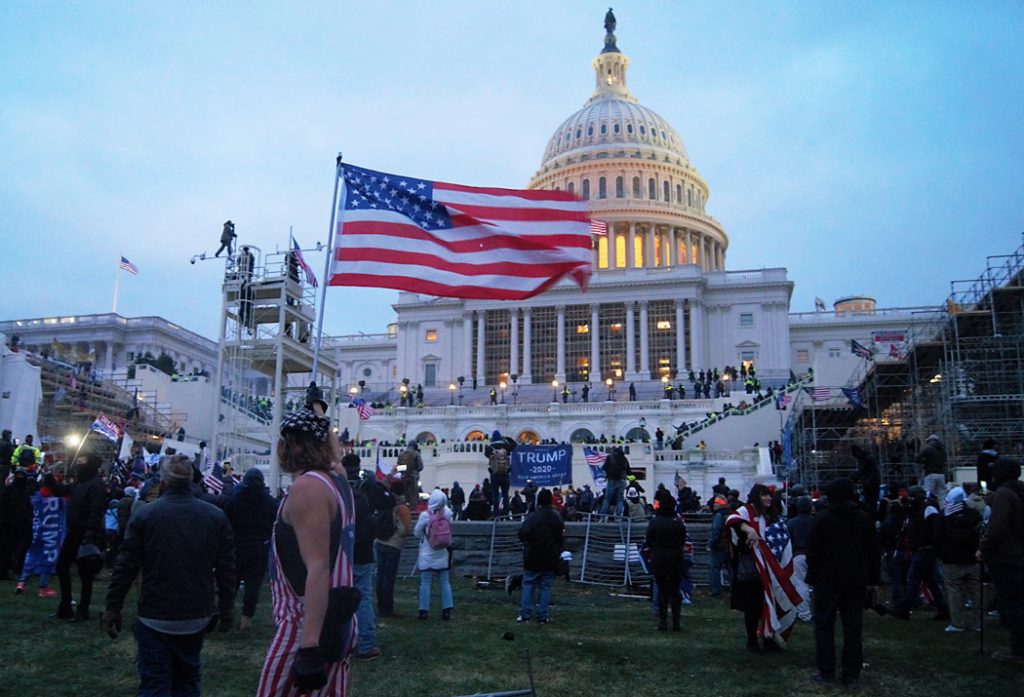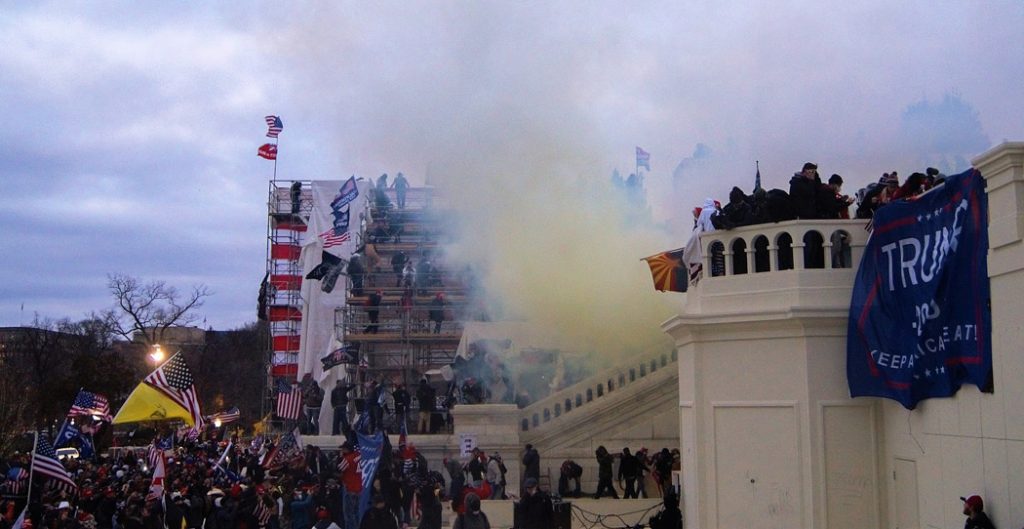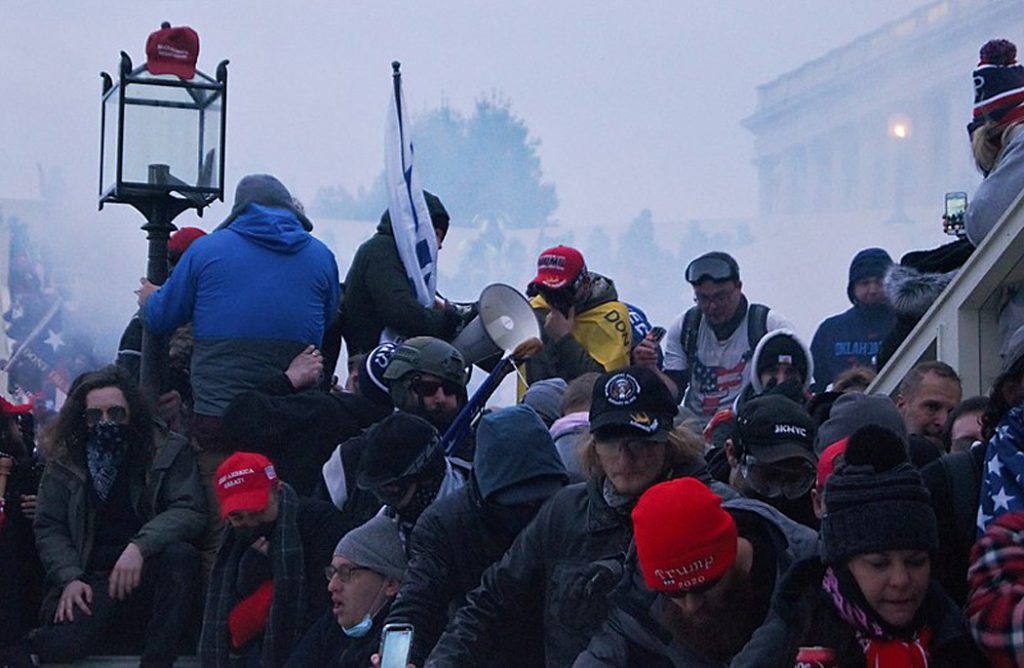
When I wrote my first Source column about the internet for the December 1994 issue, I was excited about its potential—and didn’t imagine that 26 years later it would play a major role in an insurrection.
As I write this, Congressional Democrats are taking up articles of impeachment against President Trump, who is accused of inciting his followers to violently breach the Capitol on January 6 to stop the ceremony certifying Joe Biden as the winner of the election.
Trump’s use of social media has been brilliant, and groundbreaking. Think of him as the first internet president. He used Twitter to connect with his followers, fire administration officials, make announcements, criticize his many enemies, and share violent, far-right, and extremist content—some 34,000 posts between the official launch of his candidacy and his permanent suspension from Twitter on January 8 for inciting violence.
His Twitter megaphone reached over 89 million followers. He had 35 million followers on Facebook, where he was also banned.
For weeks Trump posted on Twitter that January 6 would be a day of reckoning. On December 18 he wrote, “Statistically impossible to have lost the 2020 Election. Big protest in D.C. on January 6th. Be there, will be wild!”

Thousands of his supporters did indeed show up on January 6, and at a rally before the Capitol ceremony, Trump charged them to march on the Capitol to stop Biden from becoming president. “We fight like hell, and if you don’t fight like hell, you’re not going to have a country anymore,” he said.
They were ready to fight. In fact, they had been openly using the internet for weeks to organize their incursion. On the fringe message board 8kun the day before the siege, one user wrote, “You can go to Washington on Jan 6 and help storm the Capitol. As many Patriots as can be. We will storm the government buildings, kill cops, kill security guards, kill federal employees and agents, and demand a recount.”
After the events, some of these message boards were shut down, including Parler, where many Trump followers congregated and planned the siege. Both Google and Apple removed the Parler apps from their app stores, and Amazon Web Services removed the forums from their servers.
Not only did Trump supporters use the internet to organize, they also used GoFundMe to raise funds for the trip. One such fundraiser, titled #PatriotPilgrimageDC, raised $21,548. The description of the fundraiser read, “Fund to financially support Patriots on their voyage to the capital on 1/6/21 for the DC Protest! All funds will go directly to hotel stays and gas cards/airfare for Patriots needing financial assistance to attend the event. Thank you Patriots! Stay tuned as we build an army to march into DC
We will BE SEEN, we will BE HEARD!”
During the attack on the Capitol, many of the rioters took selfies and videos and posted them on social media. For some, that seemed almost to be the point: they were there to promote their brand and their influence.

After the debacle, when they realized they were in serious trouble, they began removing their posts. But by then internet sleuths had captured many of the posts and were using them to identify people—and then turning over that information to law enforcement. Their assistance has aided a number of arrests.
In addition, the identification of rioters has led to their employers firing them. One person was spotted in photos wearing a lanyard around his neck that held his work badge identifying him as an employee of Navistar Direct Marketing in Maryland. He was fired the next day.
One of the most significant outcomes of the insurrection has been the realization of the power of social media—and those who control it.
The President of the United States is often regarded as the most powerful person in the world. Yet Mark Zuckerberg, chairman and CEO of Facebook, and Jack Dorsey, CEO of Twitter, were able to turn off his microphone. Trump suddenly lost his ability to control the narrative. Without his megaphone, he was left to cast about for other ways to maintain his visibility and influence.
Of course, he complained that his right to free speech had been violated. But the First Amendment applies to government restricting speech; private companies can do whatever they want. It’s a bit scary, though, that Facebook, with over 2.7 billion active users, can unilaterally decide to squelch a point of view, in this case the claim that an election was stolen and violence was necessary to restore the Trump presidency. Both Twitter and Facebook took these steps very reluctantly.
It’s hard to see how things will end up, but the power of these companies, and of the internet, is now unfortunately much clearer than ever before.
Find column archives at JimKarpen.com.
